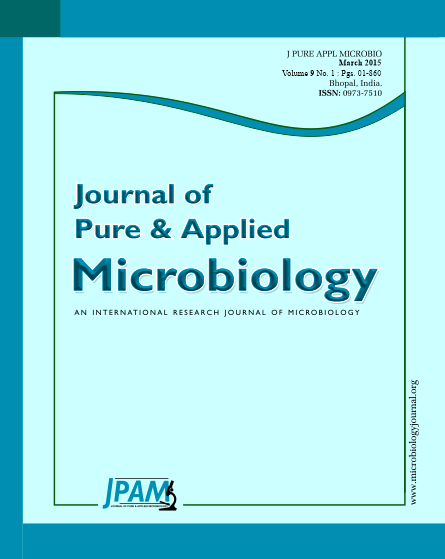To make further understanding the vegetative growth, sporulation and conidial morphology of the fungal Exserohilum rostratum effect by various light resources, three tested isolates (CLER09, D087 and JL05) of E. rostratum causing banana leaf spot disease were characterized. Six light environments were used to evaluate the influence on the vegetative growth, sporulation and conidial morphology. The results showed that UV light was mostly suitable for the vegetative growth of isolate CLER09, and black light for isolates D087 and JL05. The UV light was the optimal light source for the sporulation of isolates CLER09 and D087, but the sporulation of isolate JL05 inhibited by all of the tested light sources. UV light had a markedly promotion effect on the conidial lengths of the tested isolate with more than 10 times to that cultured under complete darkness. The conidial lengths of isolates D087 and JL05 with less septa were extended significantly comparing than that with more septa under all of the light sources, especially UV light. Less effect of tested light treatments on the conidial width was found. The results suggested that the UV-light-induced morphological difference was not a permanently abnormality. Lighting was one of the important environment factors affecting conidial morphology of E. rostratum, but the inductive function could be recoverable.
Exserohilum rostratum, conidium, morphological difference, UV irradiation
© The Author(s) 2015. Open Access. This article is distributed under the terms of the Creative Commons Attribution 4.0 International License which permits unrestricted use, sharing, distribution, and reproduction in any medium, provided you give appropriate credit to the original author(s) and the source, provide a link to the Creative Commons license, and indicate if changes were made.


